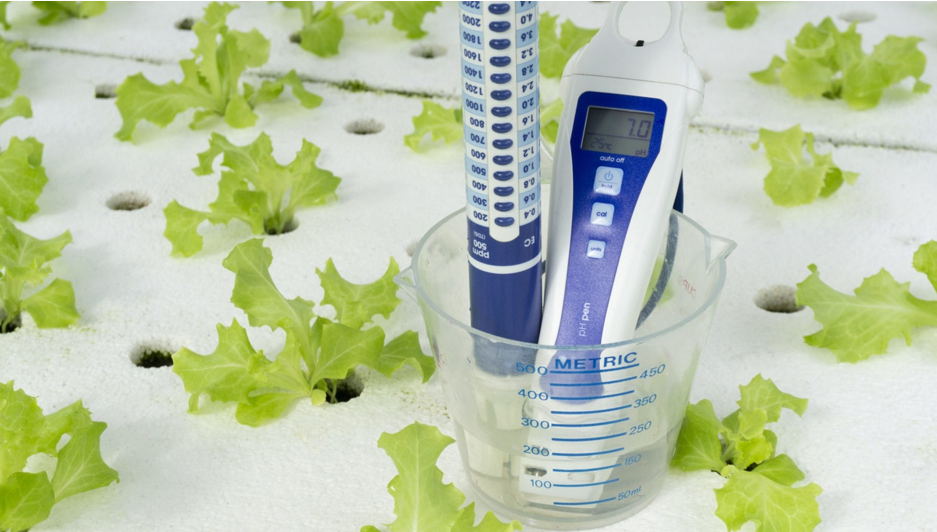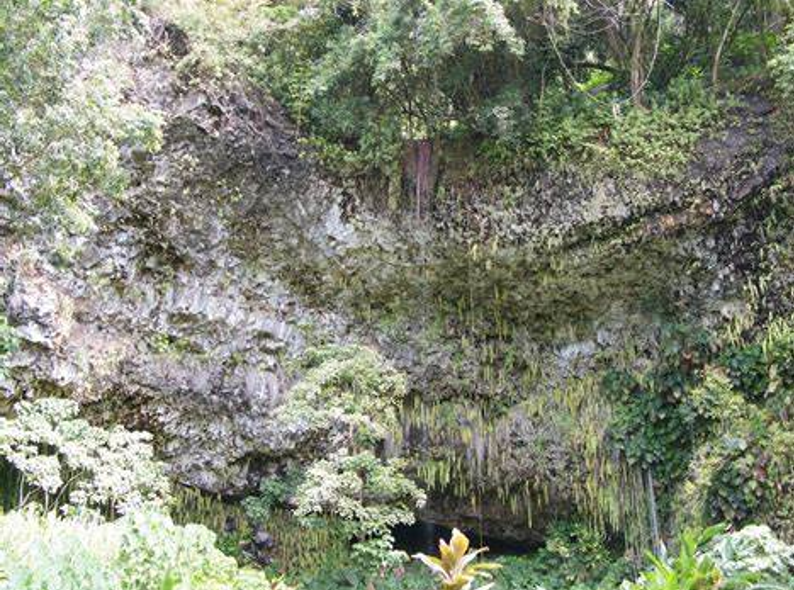Transforming a green house into a verdant oasis enhances its aesthetic appeal and provides a sustainable environment for growing a variety of plants year-round. The significance of incorporating greenery within enclosed spaces cannot be overstated, as it contributes to both environmental sustainability and personal well-being.
With the strategic placement of windows to harness natural light, a green house can become a thriving sanctuary for diverse plant species, offering an escape into nature without stepping outside. This article delves into 7 creative ideas to inspire your next green house garden project. From the aquatic serenity of a pond to the lush densities of a tropical rainforest and the arid beauty of a cactus desert, each concept is designed to transform your greenhouse into a bespoke paradise.
Emphasizing the importance of layout and the creative use of space, these ideas leverage the unique benefits of having a garden under glass, such as controlled climate conditions and optimal light through well-placed windows. Prepare to explore the endless possibilities that await in green house gardening, where each idea presents an opportunity to create a living work of art.
Hydroponic Garden

Hydroponic gardening is an innovative approach to cultivating plants without soil, using nutrient-rich water solutions instead. This method allows for a versatile setup that can be implemented anywhere from greenhouses to indoor spaces, making it ideal for those with limited outdoor areas.
Hydroponic Garden Setup
To start a hydroponic garden, one must first decide on the type of plants to grow, which will influence the choice of the hydroponic system and lighting. Various hydroponic systems are available, each suited to different plant types and space constraints.
Essential components of a hydroponic setup include a reliable water source with the correct pH levels, typically between 5.8 and 6.2, and a suitable growing medium like clay pebbles or coco coir.
Lighting is crucial, with options ranging from full-spectrum LED lights to high-intensity discharge fixtures, depending on the plants’ requirements.
Hydroponic Garden Plants
The selection of plants for a hydroponic garden should consider their nutrient needs and growth characteristics. Leafy greens like lettuce and spinach are recommended for beginners due to their low nutrient requirements and quick growth cycles. Greens like lettuce and spinach are recommended for beginners.
For those seeking more of a challenge, fruiting plants like tomatoes and peppers can be rewarding but require careful monitoring of nutrient levels and pH.
Hydroponic Garden Maintenance
Maintaining a hydroponic garden involves regular monitoring and adjustments to ensure optimal plant health. This includes checking and adjusting the water’s pH and EC levels to ensure nutrient availability.
System cleanliness is paramount to prevent disease; regular cleaning and sterilization of the system and growing medium are recommended.
Additionally, keeping a detailed log of all system parameters and plant health can help troubleshoot and ensure the garden’s success.
Hydroponic gardening maximizes space and resources and allows for year-round cultivation, providing a sustainable and efficient method of gardening that can adapt to various living environments.
Tropical Rainforest

Designing a tropical rainforest within a greenhouse involves meticulous planning and a deep understanding of the ecological requirements of the diverse species inhabiting this space.
Key factors include maintaining appropriate temperature and humidity levels, ensuring proper lighting, and selecting soil compositions that mimic natural rainforest conditions.
The complexity of this environment requires a significant investment in resources and expertise to replicate successfully.
Tropical Rainforest Design
Creating an artificial rainforest requires controlling the “weather” inside the greenhouse. This includes installing systems to vent excess heat or provide warmth during colder periods.
The structure must also be designed to prevent water vapour from escaping and manage plant growth near the enclosure surfaces to avoid moisture-related issues like fungus.
Tropical Rainforest Plants
The selection of plants is crucial for a thriving tropical rainforest. Many plants in this environment are epiphytes. thriving on the moisture and nutrients available in the air rather than the soil.
Planning must include structures for these plants to grow on, replicating their natural habitat in the canopy. Furthermore, the soil mixture must be carefully prepared with components like peat, sand, and mulch to support the diverse plant life typical of a rainforest.
Tropical Rainforest Maintenance
Maintaining a tropical rainforest in a greenhouse setting demands vigilant care and regular adjustments. This includes monitoring and adjusting the water quality, temperature, and humidity to mimic natural conditions as closely as possible.
It’s also essential to implement a robust system for pruning and managing plant growth to maintain the health and aesthetics of the environment.
In essence, the creation and upkeep of a greenhouse tropical rainforest are about balancing the intricate needs of a complex ecosystem, ensuring that plants and any included animal species can coexist and thrive.
This endeavour enhances the greenhouse’s biodiversity and provides visitors with an immersive, educational experience.
Mediterranean Garden

Mediterranean Garden Design
The design of a Mediterranean garden is rooted in the harmonious blend of natural stone pavers, pea gravel, and a symmetrical layout that aligns perfectly with indoor views, such as from a kitchen sink.
This design approach draws inspiration from historic gardens across Southern Europe, including the Moorish Alhambra in Spain and various gardens in France, Italy, and Portugal.
The choice of materials like decomposed granite and pea gravel reflects the traditional Mediterranean style and serves practical purposes, conserving water in regions where it is.
Mediterranean Garden Plants
Plants in a Mediterranean garden are selected for their drought tolerance and multi-seasonal interest.This includes a variety of plants from regions with similar climates, such as California, South Africa, and Chile.
Lavender, succulents, and crape myrtles are commonly used for their adaptability and aesthetic appeal.Additionally, the garden features plants like bougainvillaea and brugmansia, which thrive against south-facing, insulated walls that protect them from frost.
Mediterranean Garden Maintenance
Maintaining a Mediterranean garden involves careful management of water resources and plant health. The use of gravel and minimal turf grass helps reduce water usage, while the strategic placement of plants in sunlit areas ensures they receive adequate light.
Regular pruning, especially of plants like lavender and rosemary after flowering, is crucial to prevent woody growth and maintain the garden’s aesthetic.
Cactus Desert

Cactus Desert Design
Creating a visually stunning cactus desert involves selecting plants that thrive under harsh conditions and complement each other in form and colour. Utilizing rocks and gravel can enhance aesthetics while ensuring proper drainage, crucial for cactus health. The strategic placement of larger stones and a variety of cactus forms can create a natural yet striking landscape.
Cactus Desert Plants
The cactus desert boasts a variety of drought-resistant plants, making it ideal for low-water gardens. Species like the Saguaro and Prickly Pear are iconic, with the Saguaro recognized for its towering, arm-bearing form and the Prickly Pear known for its vibrant flowers and resilience.
Other plants, such as the Ocotillo, offer stunning tubular flowers, and the Aloe and Agave varieties provide both functional and aesthetic value to the desert garden.
Cactus Desert Maintenance
Maintaining a cactus desert garden requires minimal but precise care . Watering should be infrequent but deep, allowing the soil to dry between sessions. It’s crucial to monitor the plants for signs of stress, such as discolouration or wilting, which could indicate watering issues. Periodic fertilizing, especially for plants in containers, using a balanced, low-strength fertilizer, can help sustain healthy growth.
Hanging Garden

Hanging Garden Design
Maximizing space is critical in designing a hanging garden, mainly when a greenhouse has limited ground space. Utilizing vertical gardening techniques, such as shelving and vertical planters, allows for an efficient use of space.
Shelving should be arranged in tiers, with the highest tier opposite the side that receives the most light to prevent shading of lower plants. Additionally, incorporating vertical hydroponic systems can enhance growth speed while maintaining nutrient consistency, which is crucial in a recirculating system where nutrients are reused.
Hanging Garden Plants
Choosing the right plants for a hanging garden involves considering aesthetics and functionality. For instance, small, air-friendly edibles like strawberries and cherry tomatoes thrive well in elevated conditions, avoiding ground pests.
Flower enthusiasts might opt for colourful blooms such as petunias, impatiens, or nasturtiums, which add vibrancy and a cascading effect to the garden.It’s essential to select lightweight plants with a natural tendency to dangle to avoid overcrowding and obstruction of light.
Hanging Garden Maintenance
Maintaining a hanging garden requires careful attention to watering and light exposure. Due to their elevated position, hanging plants may dry out faster and need frequent watering.
Good airflow is crucial to preventing fungal diseases and keeping pests at bay. Regular monitoring and adjustments to each plant’s needs will ensure they remain healthy and flourish in the hanging garden environment.
Fern Grotto

Fern Grotto Design
The design of a Fern Grotto should focus on creating a shaded, moisture-rich environment ideal for ferns and other shade-loving plants. Incorporating elements like stumperies, which use fallen wood as a natural growing medium, adds both functionality and aesthetic appeal, creating a lush, forest-like atmosphere.
Pathways should be laid out with natural materials, avoiding overly geometric patterns to maintain the space’s organic feel of fallen wood as a natural growing medium.
Fern Grotto Plants
Ferns thrive in damp, shaded conditions in a grotto. With over 10,000 species, including the sword fern and bird’s nest fern, gardeners can choose varieties that best suit their space and aesthetic desires.
These plants are visually appealing with their lush green fronds and enhance the garden’s biodiversity by supporting various microecosystems with over 10,000 species.
Fern Grotto Maintenance
Maintaining a Fern Grotto involves regular care to ensure the plants remain healthy and the environment remains conducive to growth.
This includes trimming old growth to encourage new fronds, ensuring adequate moisture levels, and removing debris or dead leaves to prevent disease and maintain aesthetic appeal.
Regular checks and balances help sustain the grotto’s vibrant and verdant allure, making it a tranquil retreat within the garden.
- Growing Bonsai: Tips for Miniature Tree Enthusiasts
- Buying Bonsai: Tips for Selecting Your Perfect Tree
- Bonsai Potting: Essential Tips for Tree Care Success
- Bonsai Maintenance: Essential Care for Tiny Trees
- Mastering the Art of Shaping Bonsai: A Beginner’s Guide
Source 01: Hydroponic Garden
Source 02: Tropical Rainforest


